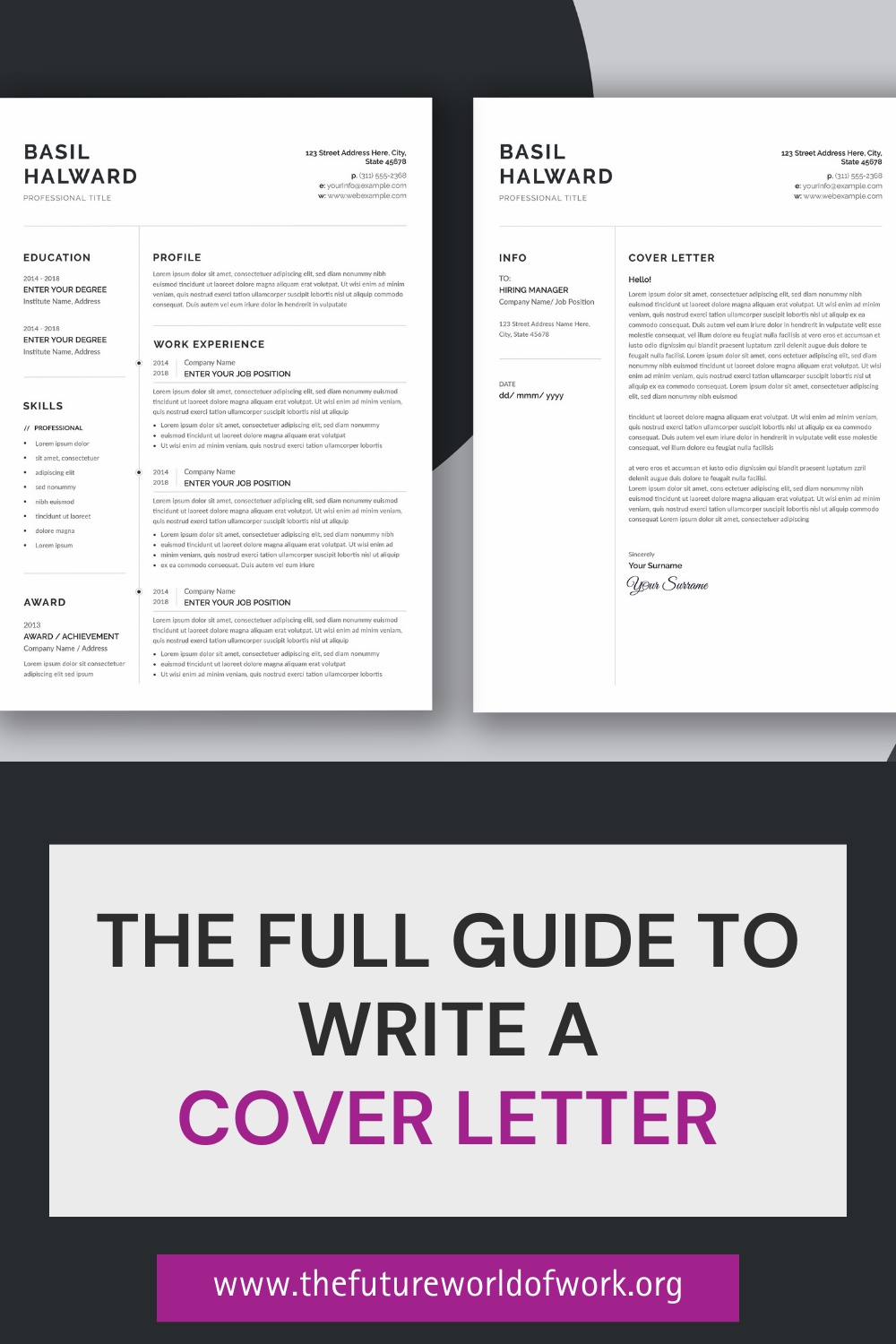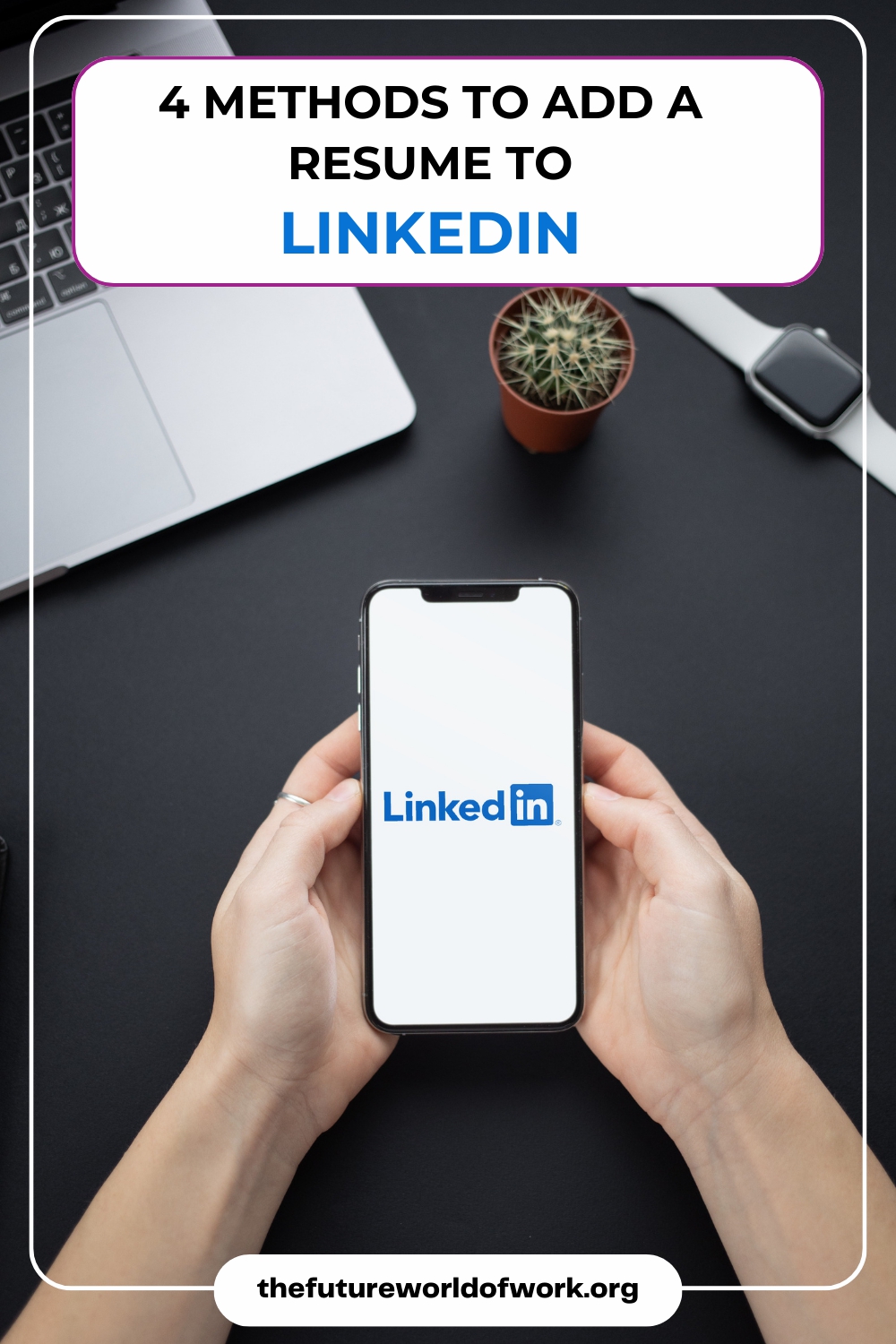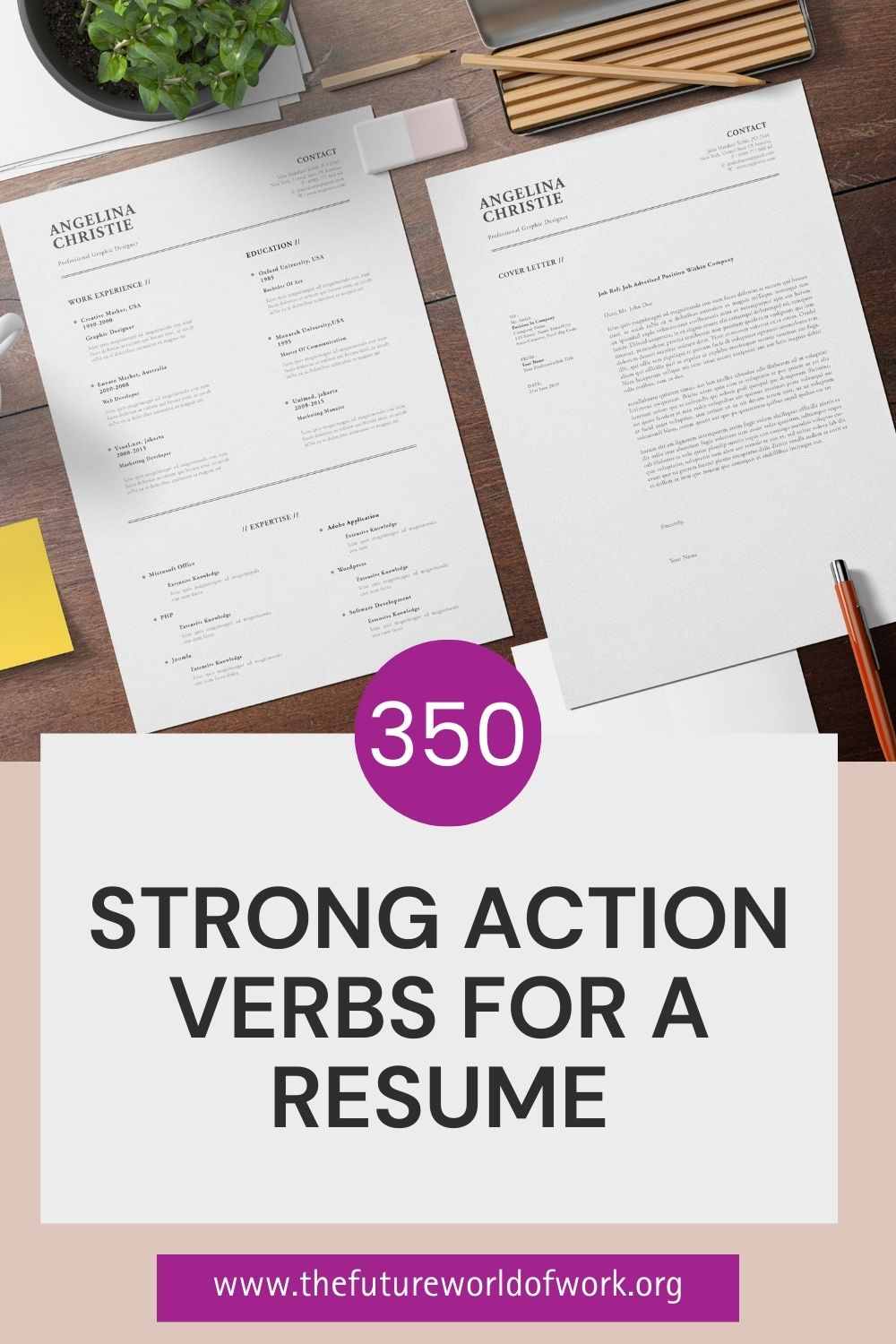It would be great if you could find contact information about your hiring manager or potential employer; the rest of your cover letter intro would be a breeze to write.
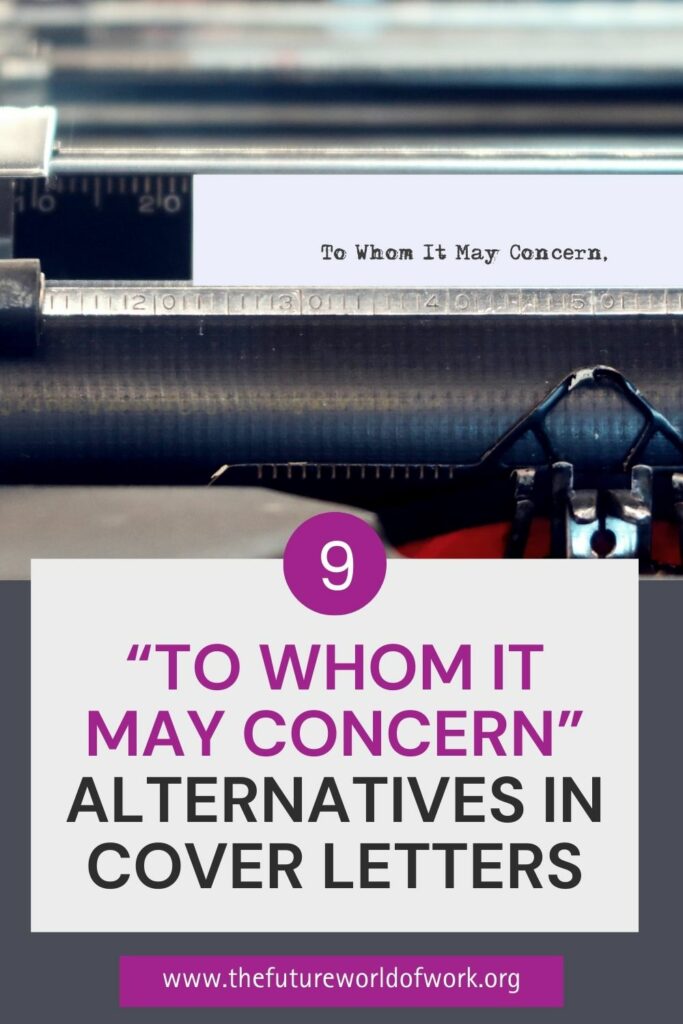
However, since such info is not always available, you need a backup plan for your greeting. To Whom It May Concern is a common go-to, but for jobs where they appreciate the effort, this option might not cut it.
Let’s find other ways to say To Whom It May Concern that make your job inquiry stand out better.
In this article:
9 Alternatives To To Whom It May Concern That Works Great
Instead of To Whom It May Concern, you can say Greetings, Good Morning/Good Afternoon, Dear Hiring Manager, Dear [Department], Dear [Role], Dear Mr/Ms [Last name], Hello/Hi, Dear [Company Name] Team, Dear [Name of Referral Source] (if you have a referral).
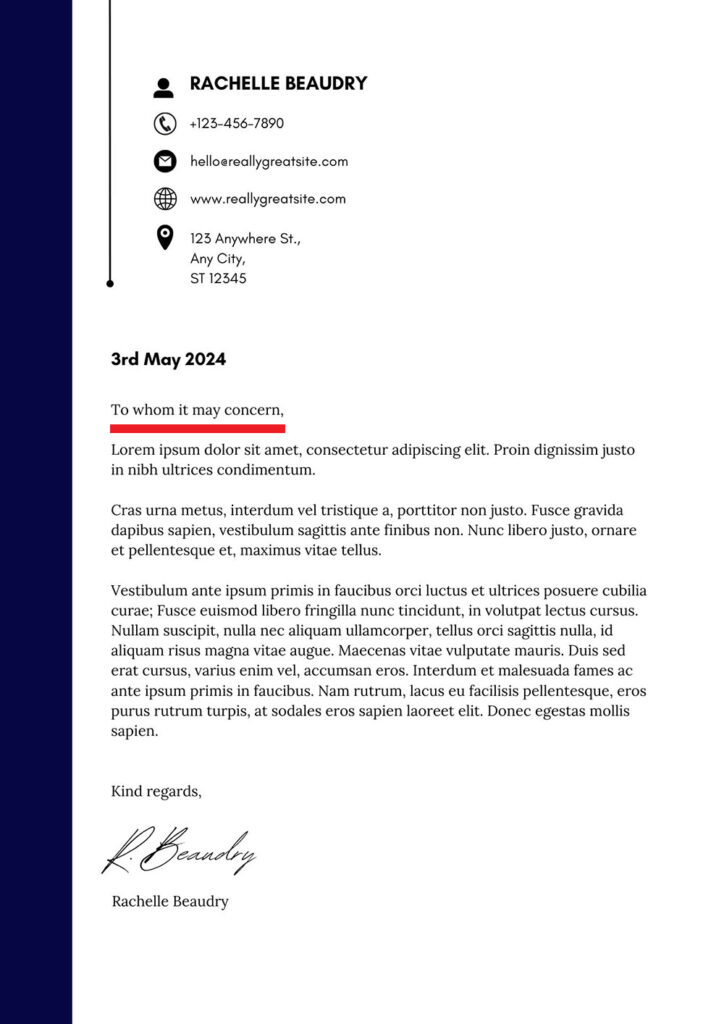
Some should be used with caution, however.
1. Greetings,
Compared to To Whom It May Concern, Greetings sound more approachable without losing professionalism (like Hello or other overly casual greetings). Its brevity also helps keep the focus on the main content of your letter.
Example:
Greetings,
After thoroughly researching Acme Corp’s innovative work in sustainable architecture, I am writing to express my strong interest in the Marketing Manager position advertised on LinkedIn.
2. Good Morning/Good Afternoon,
This one is a tad friendlier than the impersonal To Whom It May Concern and a quick, safe choice if the job posting has a very short deadline.
Sometimes, applicants might have already had some informal contact (e.g., a phone screening) but haven’t gotten a name. In that case, Good Morning/Good Afternoon can be a more natural continuation of the conversation.
Example:
Good Morning,
I’m writing to express my enthusiasm for the Social Media Manager position at Acme Corp. Having followed your company’s innovative work for a while now, I believe…
3. Dear Hiring Manager,
It’s always safe to assume there’s a hiring manager responsible for the role. Dear Hiring Manager directly addresses the intended recipient without unnecessary guessing and also conveys your respect for the hiring process.
Example:
Dear Hiring Manager,
The Social Media Manager position advertised on LinkedIn immediately caught my attention. With my 5 years of experience in digital marketing…
4. Dear [Department],
This option is great if you want a professional greeting that still shows you have done your research. It demonstrates your basic understanding of the company’s structure, which is particularly well-suited for job descriptions emphasizing collaboration within an entire department.
Example:
Dear Marketing Department,
I’m excited to learn about the Social Media Manager position advertised on LinkedIn. With a proven track record of increasing project efficiency…
5. Dear [Role/Department Head],
Mentioning the job title showcases your initiative in research and understanding the company’s needs.
It works well for positions with clearly defined roles and responsibilities, as it tailors the opening to the specific expertise you’re offering. Plus, there’s a clearer touch of personalization here compared to the broader Dear Hiring Manager, especially in smaller companies.
Example:
Dear Engineering Manager,
Having recently been impressed by Acme Corp’s pioneering work in sustainable building materials, I’m eager to contribute my skills as a Structural Engineer to your team. My 7 years of experience in civil engineering have been…
6. Dear Mr/Ms [Last name],
Suppose you have a credible source for a last name (e.g., a mutual connection). In that case, this greeting is more specific and shows effort on your part. The gender-neutral “Mx” also feels more inclusive, according to non-binary respondents I have surveyed.
Example:
Dear Ms. Johnson,
Having consistently exceeded sales goals by 25% in my previous role at ABC Company, I’m confident I can bring valuable skills and experience to the Marketing Manager position.
7. Hello/Hi,
Hello or Hi are decent alternatives. However, they should be used cautiously, preferably for startups or highly creative companies with a casual work environment. Remember to research the company culture first before deciding on this greeting.
Never use them for professional settings or when the timing is uncertain; Hello/Hi implies you expect the unknown recipient to be reading it right away, which isn’t always the case.
Example:
Hi,
I came across the Social Media Manager position advertised on your website, and it immediately piqued my interest. Having 5 years of experience in digital marketing with a passion for sustainable fashion, I believe I could be a great fit for your team.
8. Dear [Company Name] Team,
Opt for this fantastic option when you cannot find any information about the recipient (even their department). The greeting still acknowledges the company you’re applying to and feels slightly less generic than To Whom It May Concern.
In some cases, for a very small company where everyone might be involved in hiring, the greeting will work in your favor and is more accurate than targeting a specific department or person. Better, there are no gendered assumptions here.
Example:
Dear Acme Corp Team,
I’m writing to express my keen interest in the Graphic Designer position advertised on LinkedIn. Having honed my design skills for 5 years…
9. Dear [Name of Referral Source] (if you have a referral),
Leveraging your referral’s connection is the quickest way to get your application noticed; I myself tend to spend more time on resumes with a strong referral source. This strategy also provides more valuable context for the hiring manager and vouches for your skills and personality.
Example:
Dear Sarah Jones,
Hi Sarah, this is [Your Name] from our conversation at the recent marketing conference in Hanoi. I’m writing to express my keen interest in the Social Media Manager position. As we discussed at the conference…
Can You Still Use To Whom It May Concern Cover Letter?
To Whom It May Concern isn’t the most recommended option for a cover letter opening in today’s professional landscape. However, there are rare situations where it might be marginally acceptable, such as for small companies where everyone might be involved in hiring (though you should consider Dear Team even then).
How to use:
Center align the phrase on a separate line after your address information. Remember to leave a single line space between To Whom It May Concern and the body of your letter.
And do you capitalize “to whom it may concern”? My answer is Yes. The first word, all nouns, and titles are typically capitalized in formal salutations; this case is no exception.
Is It Okay To Skip The Salutation Altogether?
A casual work environment might consider this omission acceptable, but I personally don’t recommend it. Even if your extensive research fails to reveal any contact information about the recipient, a simple Dear Company Name team is better than nothing.
You might also like:
Conclusion
My article has covered what to use instead of To Whom It May Concern. Even when you fail to gather any contact information about the person responsible for the hiring team, a Dear Company Name or even Hi/Hello is better than skipping the greetings altogether. Write to me if you still need advice for future job applications!


